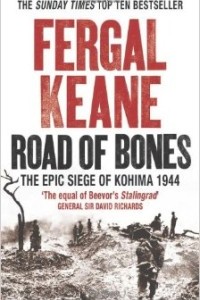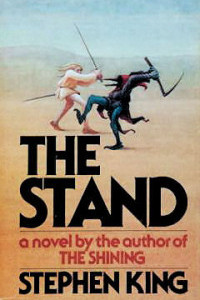In 1944, The Japanese Army launched a 15,000 man offensive to take India from the hands of its Imperial masters; one of the battles focussed on Kohima, a tiny town in the Naga hills that was defended by a paltry 1,500 men of the British and Indian Armies. Even at the beginning of the two week siege, the perimeter was barely a mile around and by the end it had been reduced to less than two hundred yards across. The battle was fought with great savagery and persistence on both sides, but the level of that savagery is remarkable. One of the most hotly contested areas in the town was the District Commissioner’s tennis court, and it’s sobering to read the description of this part of the battle which sounds more like something from the Somme, thirty years before…
“Lance Corporal Dennis Wykes was also dug in with A Company at the tennis court, In old age his heart would quicken as he described the Japanese attack. ‘They came howling and screaming and full of go. It was terrifying but the only good thing was the screaming let you know where they were coming from and so we got our lines of fire right and mowed them down. Wave after wave, we cut them down with machine guns. I didn’t know if I was killing one or a dozen. I just swept the machine gun through ’em and that was it.'”
Keane’s account may not be the first and perhaps it says nothing new, but it brings the story of this terrible battle to a new generation of readers. It is very very well written; readable and compelling, and as clear a description of a confused and hellish military encounter as one could hope for. Not only does it provide an account of the battle itself but also describes the political situation in the Far East and the wider campaigns leading up to the crucial moment. There are plenty of maps (although they are distributed rather randomly through the paperback version) and a nice mixture of tactical description and personal account.





